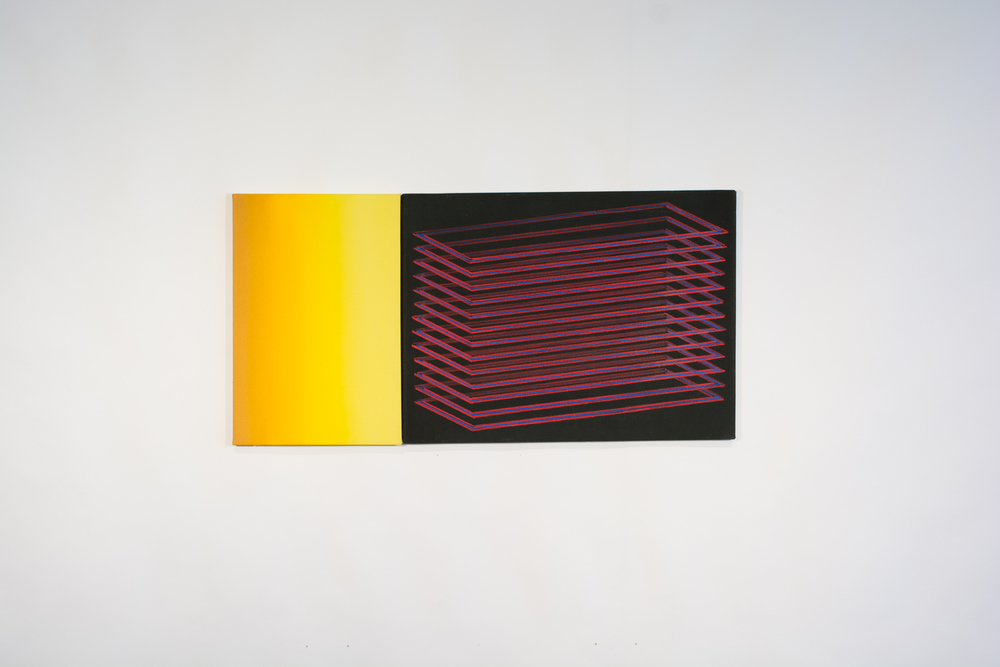Search
Close

But The Parts of Our Bodies Are Not Just Connected Through Physical Mechanisms: Panpsychism and the Combination Problem
“…the elements or constituents of organisms are related to each other in two basic ways—through external (physical) relations and internal (nonphysical) relations. The external relations are studied in physics, and involve the four forces of electromagnetism, strong and weak nuclear, and gravity. These forces bind physical components together. But the parts of our bodies (cells, molecules, atoms, etc.) are not just connected through physical mechanisms. Every sentient being (whether atom, molecule, or cell) also connects through sharing experiences and meaning—through consciousness.
All the experiences and meaning in a collection of molecules that make up a cell are available to that cell to also experience; and in the same way, the experiences of a cell are available to its host organism (e.g., when you stub your toe the cells in your toe experience pain, and that experience is available to you, the dominant organism—unless some anesthetic is involved).
The dominant monad of consciousness in the higher-level organism literally feels the experiences of all its constituents. It feels their consciousness as part and parcel of its own dominant consciousness. This explains why, for instance, when the cells of your stomach or nervous system experience hunger, you (the dominant monad) experience their hunger as your hunger. Or when the cells of your eyes experience specific colors and shapes, those experiences are unified into a single moment of your vision.
The same process applies as cells grow, divide, and die in our bodies. The experiences of the dying cells are passed on to the newly forming cells as memory (memory is, literally, the experience of a past experience), and so the organism as a whole continues to have access to the experiences of cells that no longer exist—because the experiences of those cells live on in the new cells.”
The above passage comes from an introduction of an essay written by philosopher Christian de Quincey on the Combination Problem (or Binding Problem) that is associated with theories of panpsychism. de Quincey comes from a Whiteheadian perspective and does a great job describing how Whitehead deals with the problem (How can many consciousnesses be at the same time one consciousness?) originally posed by another famous panpsychist, William James.
…
Painting above: “The Many Become One and are Thus Increased by One” by Michael Childress

[…] Additionally, I find myself liking the term “resonance” that Hunt uses. I look forward to reading more about his and Prof. Jonathan Schooler’s resonance theory of consciousness, which they apparently describe as a solution to the “easy part” of the hard problem of consciousness, i.e. I assume it addressed the combination problem. […]